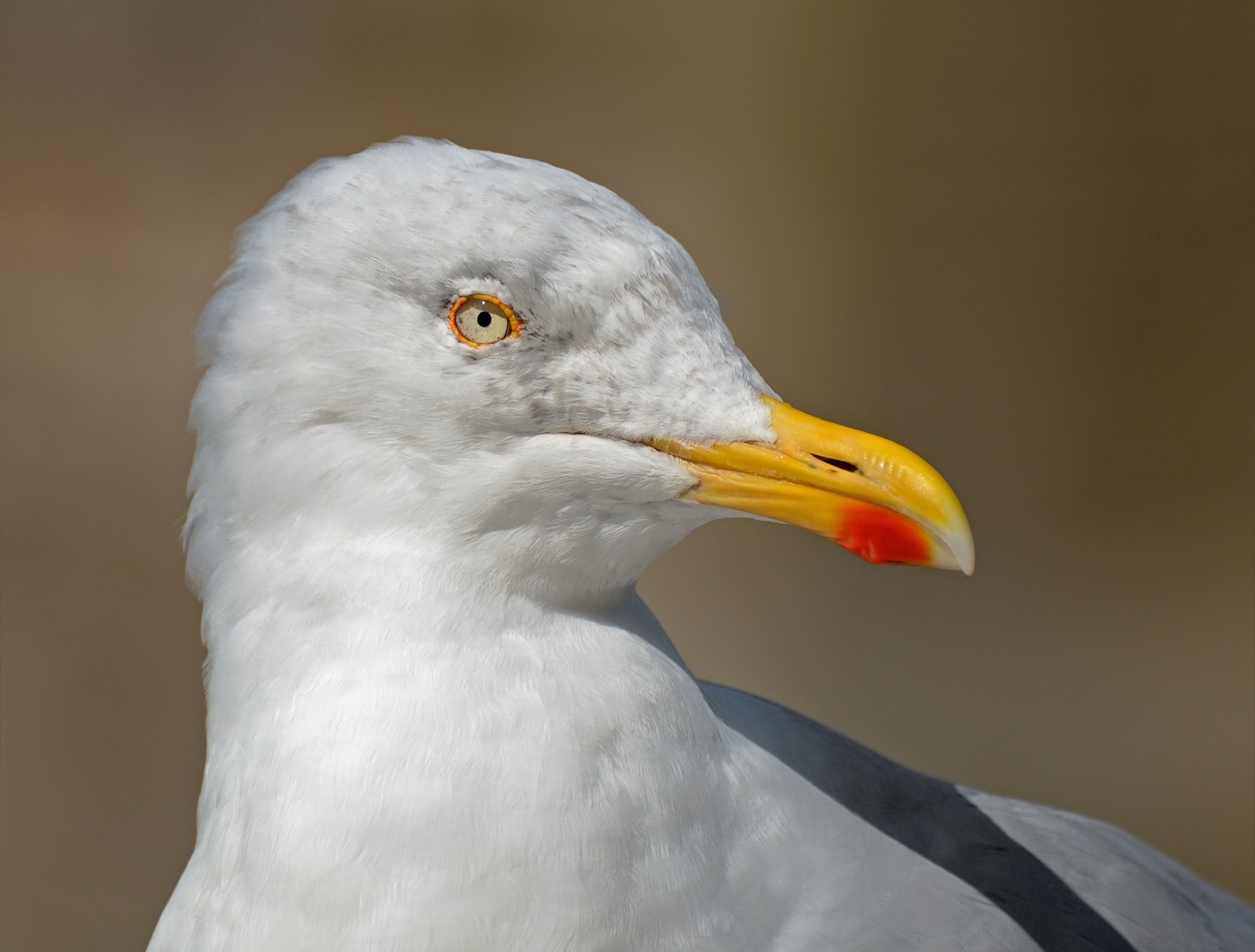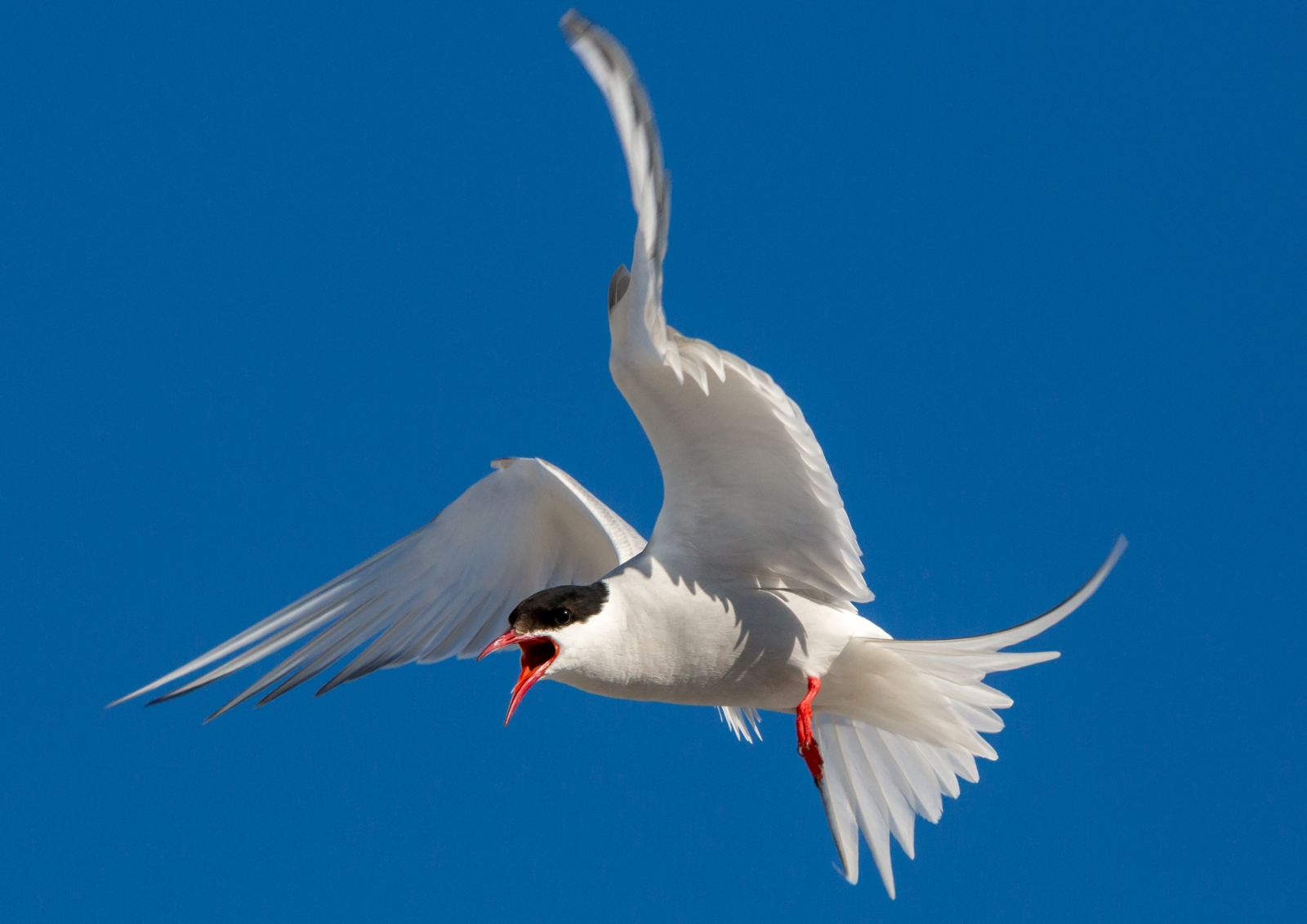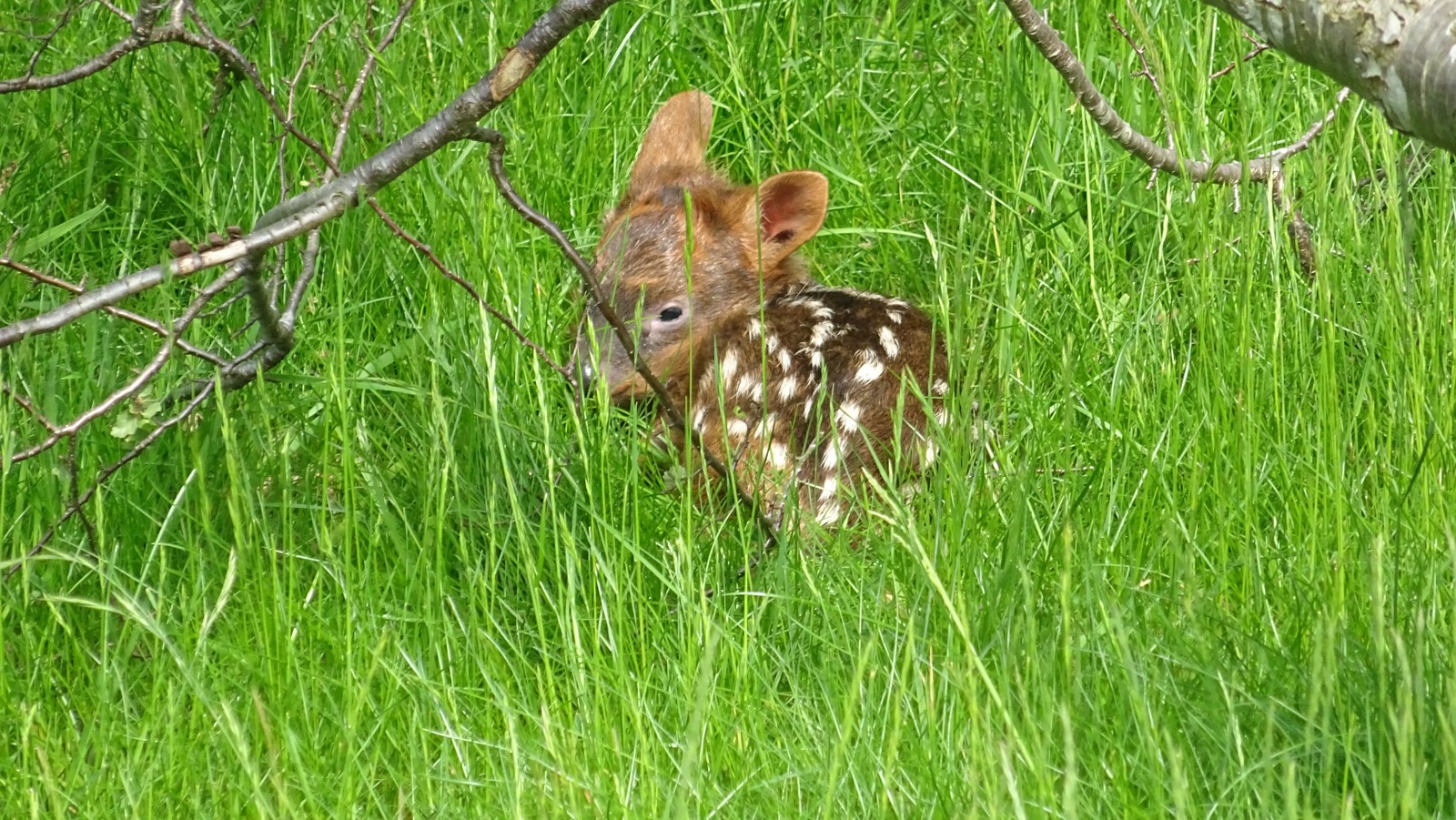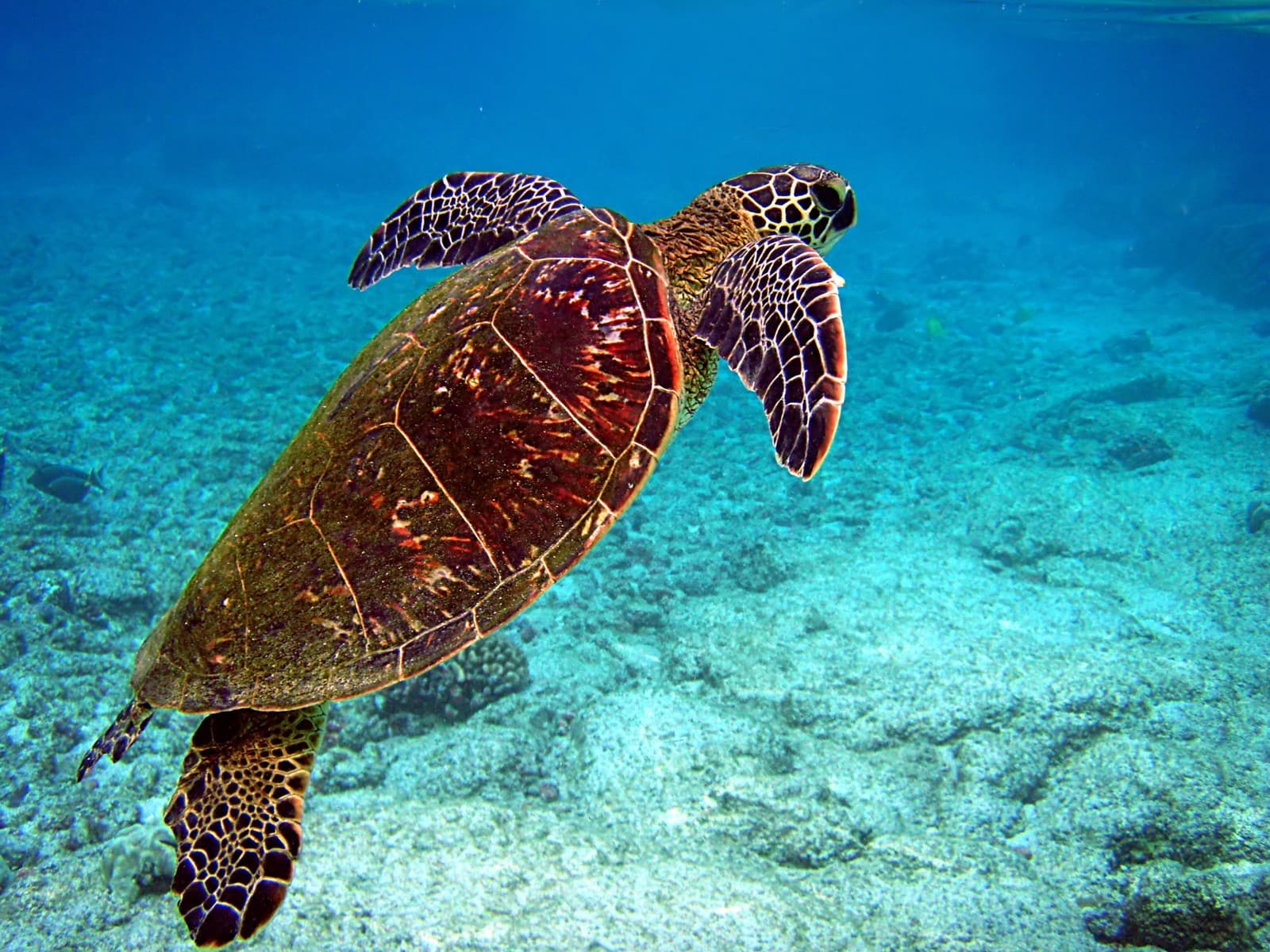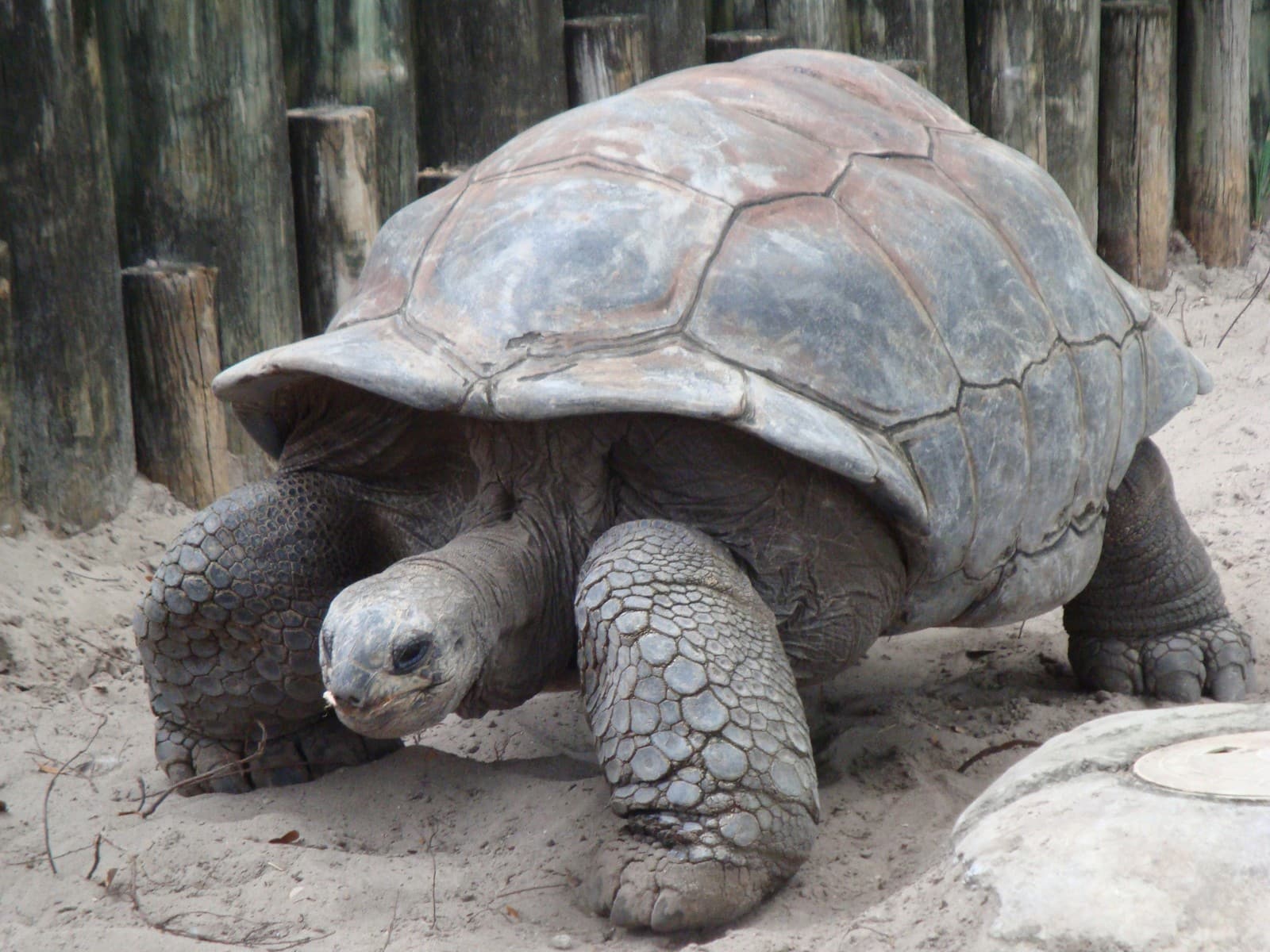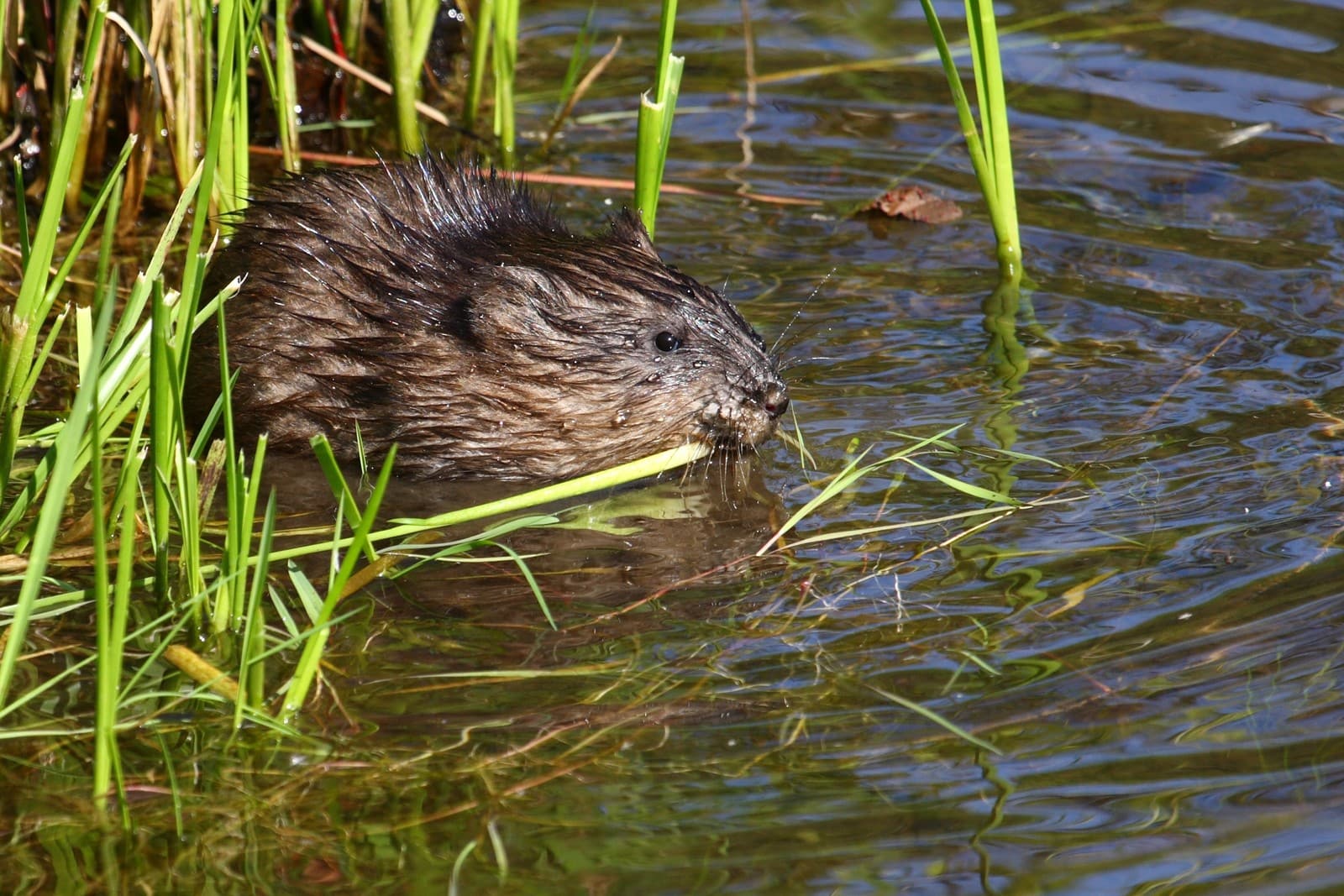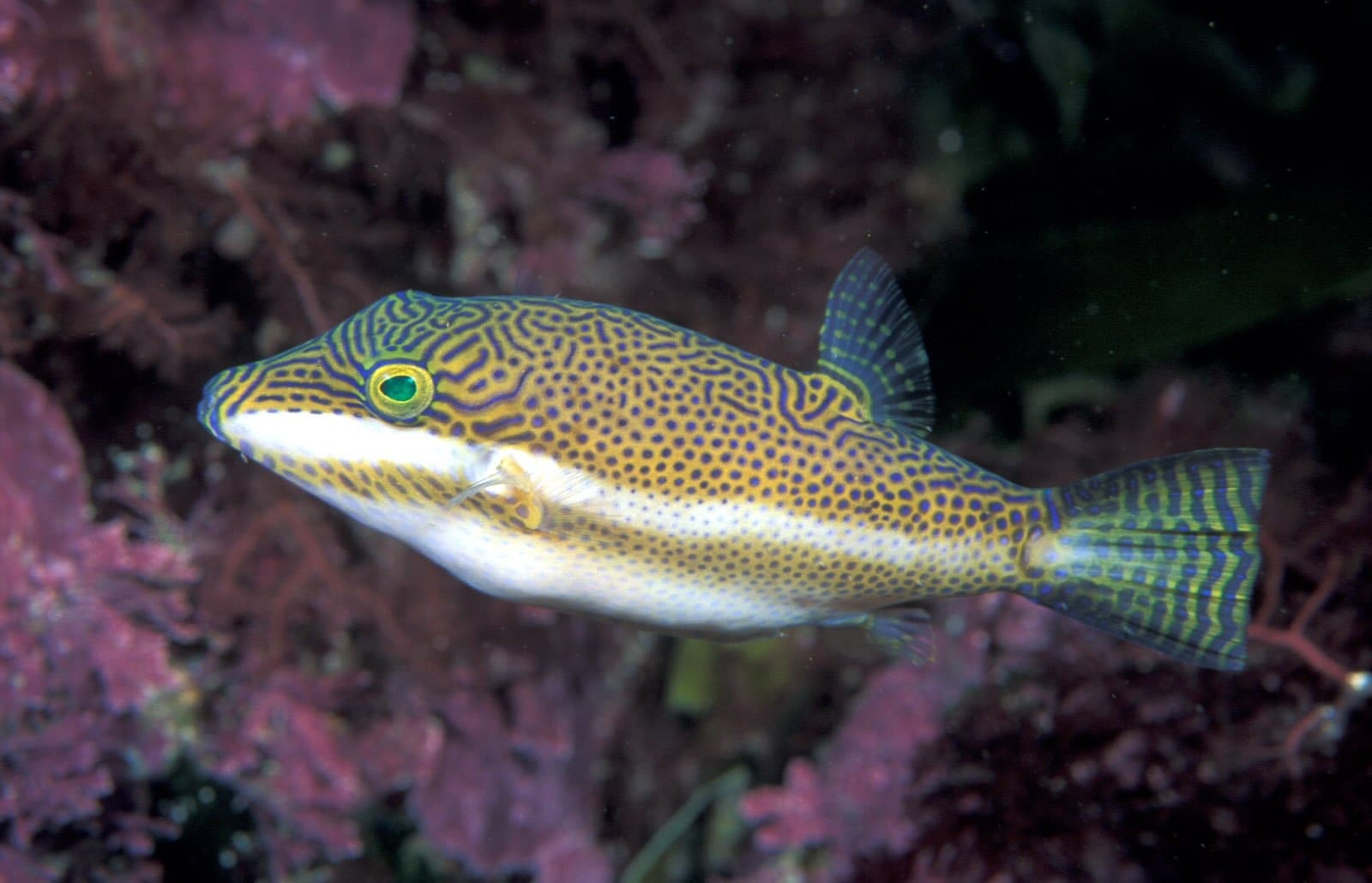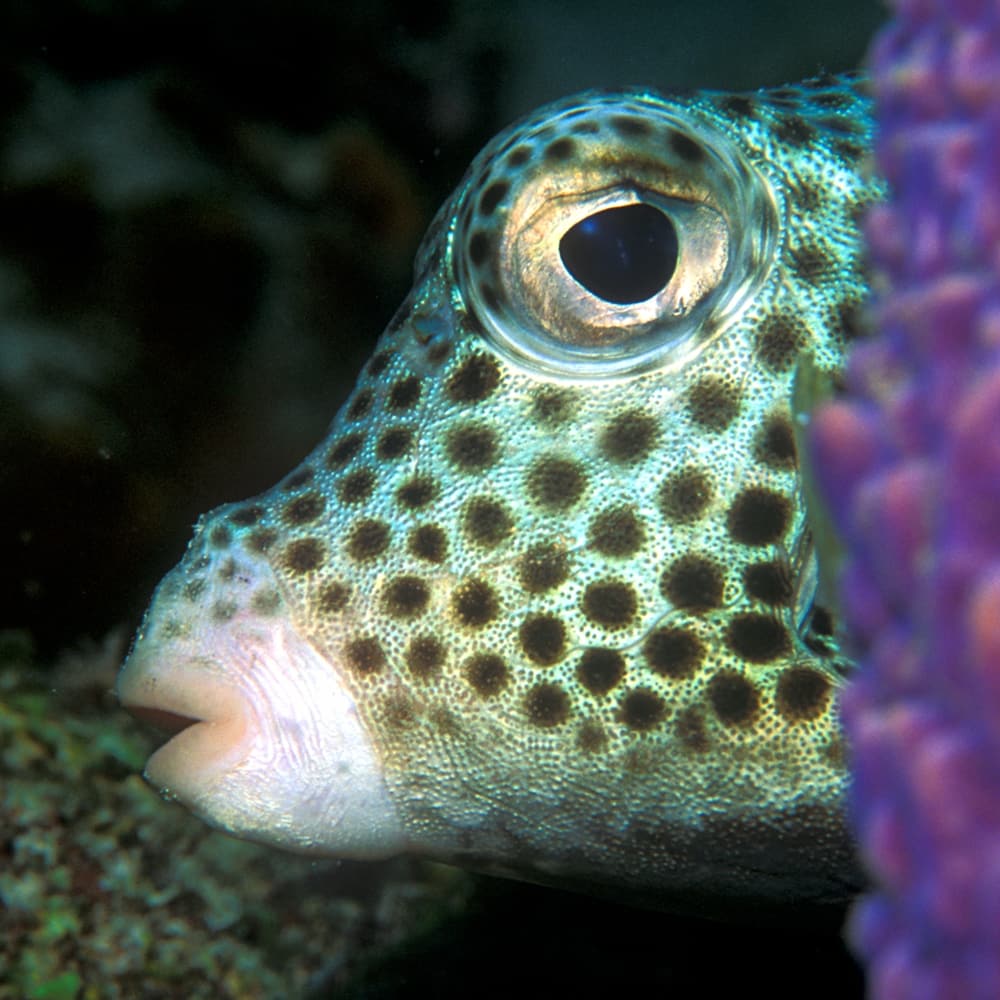Python vs Anaconda: A Complete Comparison
In the realm of giant snakes, the Python and Anaconda stand as nature’s ultimate constrictors, each dominating their respective territories with impressive physical capabilities. While the Reticulated Python holds the record for longest snake at 33 feet (10 meters), the Green Anaconda claims the title of heaviest snake, reaching weights up to 550 pounds (250 kg). This comprehensive comparison explores how these remarkable reptiles differ in size, hunting strategies, and habitat preferences.
These massive constrictors have evolved distinct characteristics shaped by their environments. Pythons, predominantly found in Asia, Africa, and Australia, showcase remarkable climbing abilities and heat-sensing pits that make them formidable nighttime hunters. Anacondas, native to South America, have adapted to a semi-aquatic lifestyle, with eyes and nostrils positioned atop their heads for optimal swimming efficiency.
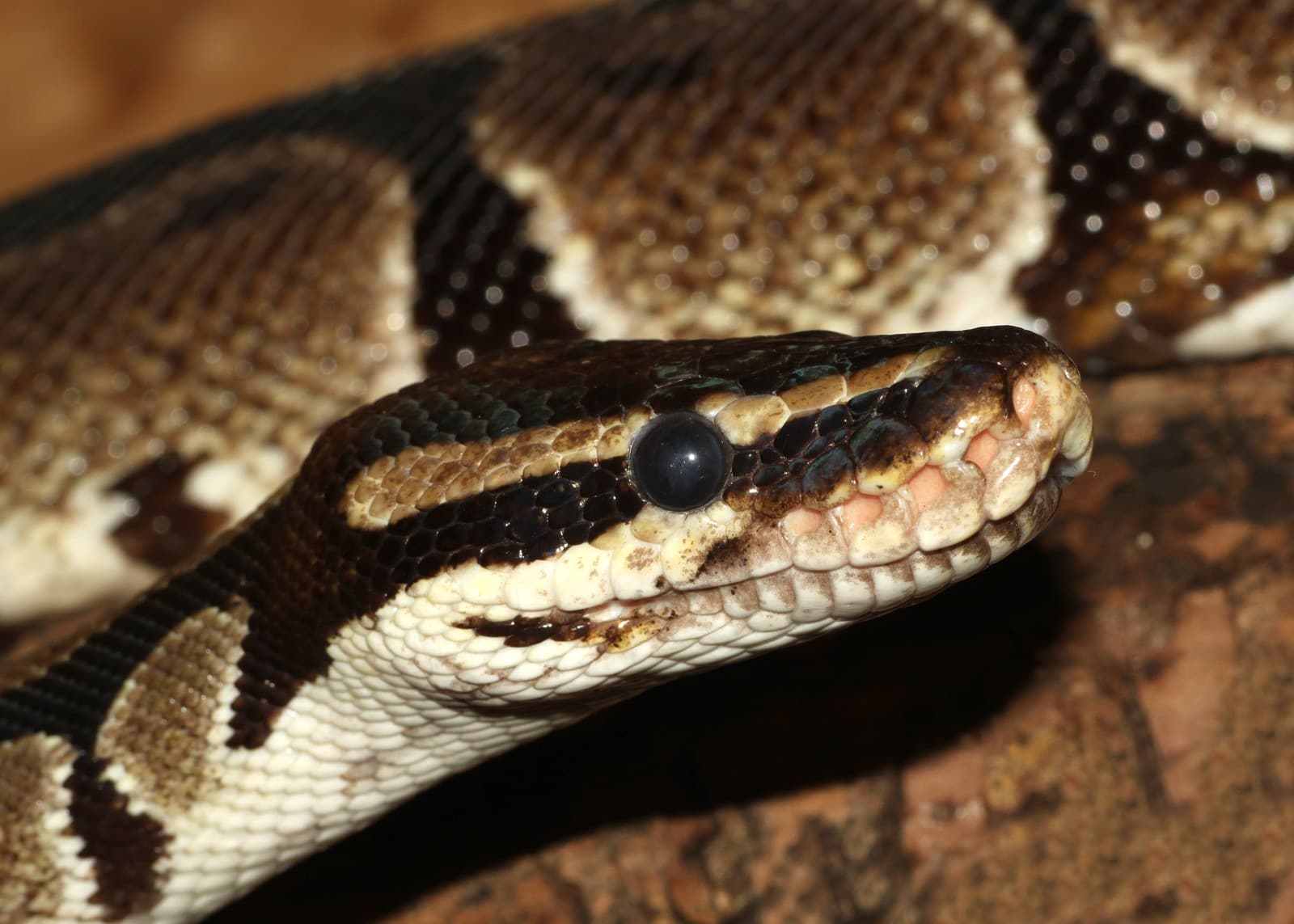
© Holger Krisp / CC BY 3.0
The Python’s sophisticated heat-sensing pits, visible along its upper lip scales, allow precise detection of warm-blooded prey even in complete darkness. These specialized organs, combined with their muscular build and agile nature, make pythons particularly effective ambush predators.
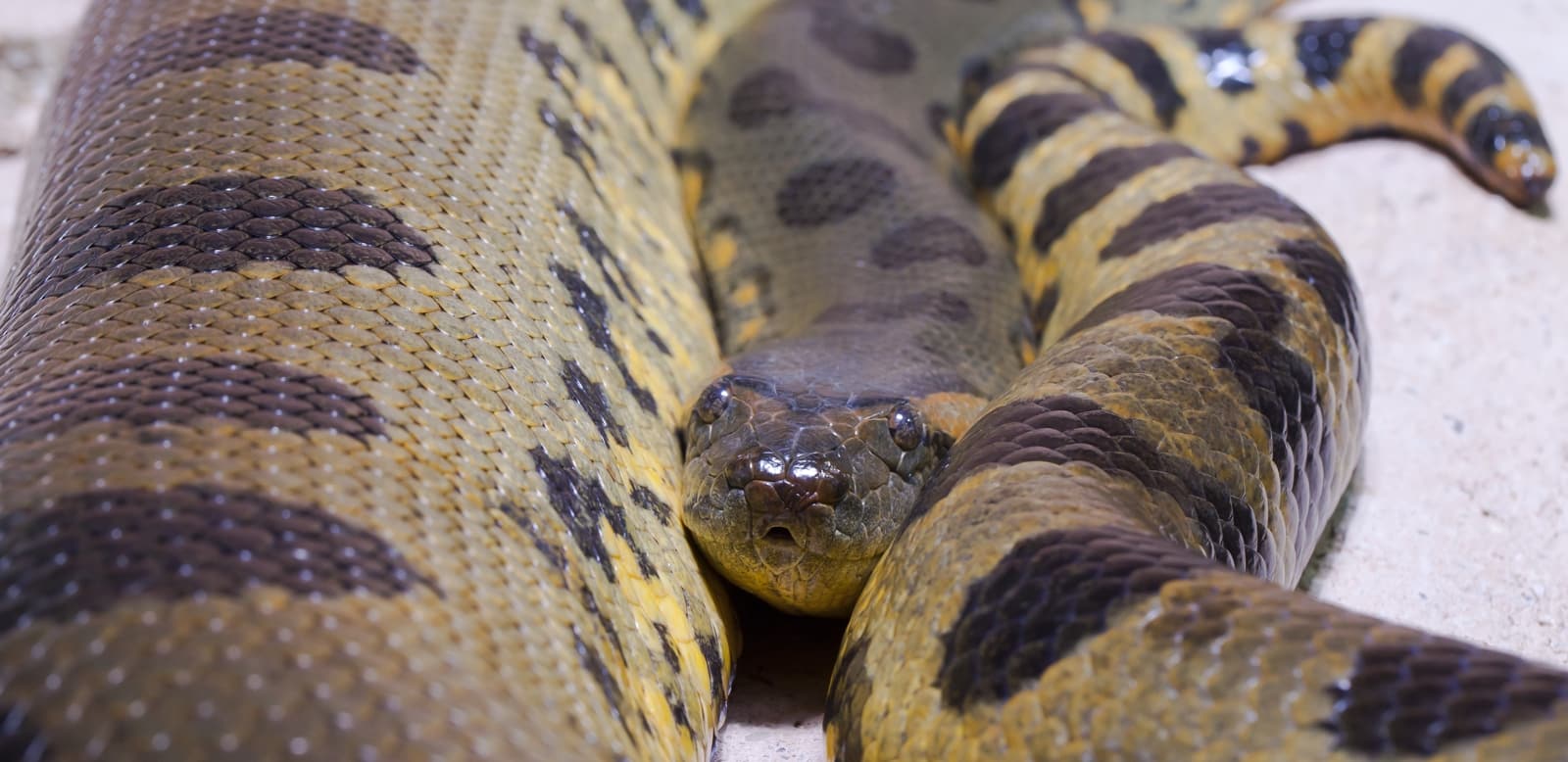
© Diego Delso / CC BY-SA 3.0
The Anaconda’s robust build and aquatic adaptations are evident in its thick, muscular body and distinctive scale patterns. These features enable efficient swimming and underwater hunting, making it the apex predator of South American waterways.
Key Differences: Python vs Anaconda
| Feature | Python | Anaconda |
|---|---|---|
| Maximum Length | 33 feet (10 m) | 29 feet (8.8 m) |
| Maximum Weight | 350 lbs (159 kg) | 550 lbs (250 kg) |
| Habitat | Terrestrial/Arboreal | Semi-aquatic |
| Hunting Style | Ambush predator, excellent climber | Aquatic ambush hunter |
| Distribution | Asia, Africa, Australia | South America |
| Preferred Prey | Birds, mammals, reptiles | Capybara, caimans, deer |
Habitat and Hunting Strategies
Pythons excel in diverse environments, from rainforest canopies to arid scrublands. Their superior climbing abilities and heat-sensing capabilities make them equally lethal in trees or on the ground. In contrast, Anacondas are masters of aquatic environments, capable of remaining submerged for up to 10 minutes while hunting. Their water-adapted eyes and nostrils allow them to stay nearly invisible while stalking prey.
Size and Strength Comparison
While both species are impressive constrictors, their physical attributes serve different purposes. Pythons generally possess longer, more slender bodies optimized for climbing and terrestrial movement. Their constricting force can exceed 200 pounds per square inch (14 kg/cm²). Anacondas, with their stockier builds, generate even greater constricting pressure, particularly advantageous for subduing large prey in water.
Behavioral Differences
Pythons typically display more active hunting patterns, frequently climbing trees and covering significant distances in search of prey. Anacondas adopt a more passive strategy, often remaining motionless in water for extended periods, waiting for prey to approach. This behavioral distinction reflects their respective habitat adaptations and energy conservation strategies.
Conservation Status
Both species face similar threats from habitat loss and human persecution. Python species, particularly in Southeast Asia, face additional pressure from the leather trade, while Anacondas contend with wetland destruction and water pollution in South American ecosystems. Understanding these magnificent constrictors’ unique attributes and challenges is crucial for their conservation.
Who Would Win in a Confrontation?
From a scientific perspective, such encounters would be extremely rare due to geographic separation. However, based on physical attributes, the outcome would likely depend on the environment. In water, an adult Green Anaconda’s superior weight and aquatic adaptations would provide a significant advantage. On land or in trees, a Reticulated Python’s length, agility, and powerful strike speed would likely prevail.
Through millions of years of evolution, both Pythons and Anacondas have become perfectly adapted to their respective niches, demonstrating nature’s remarkable ability to produce similar yet distinct solutions to the challenges of survival as apex predators.
